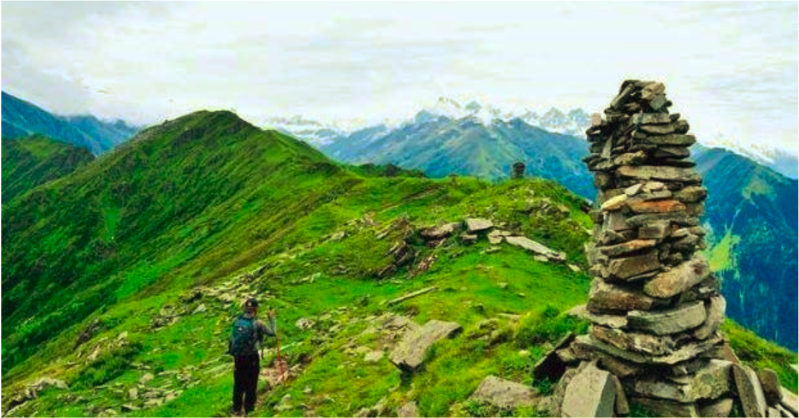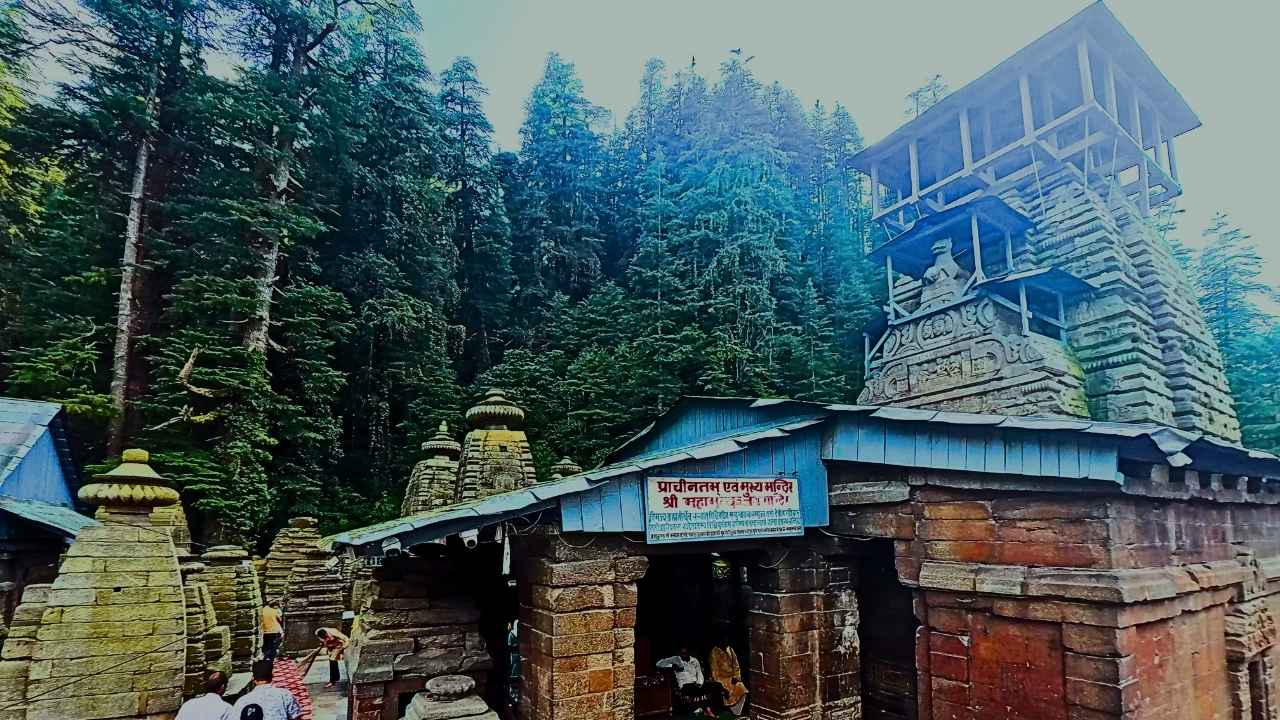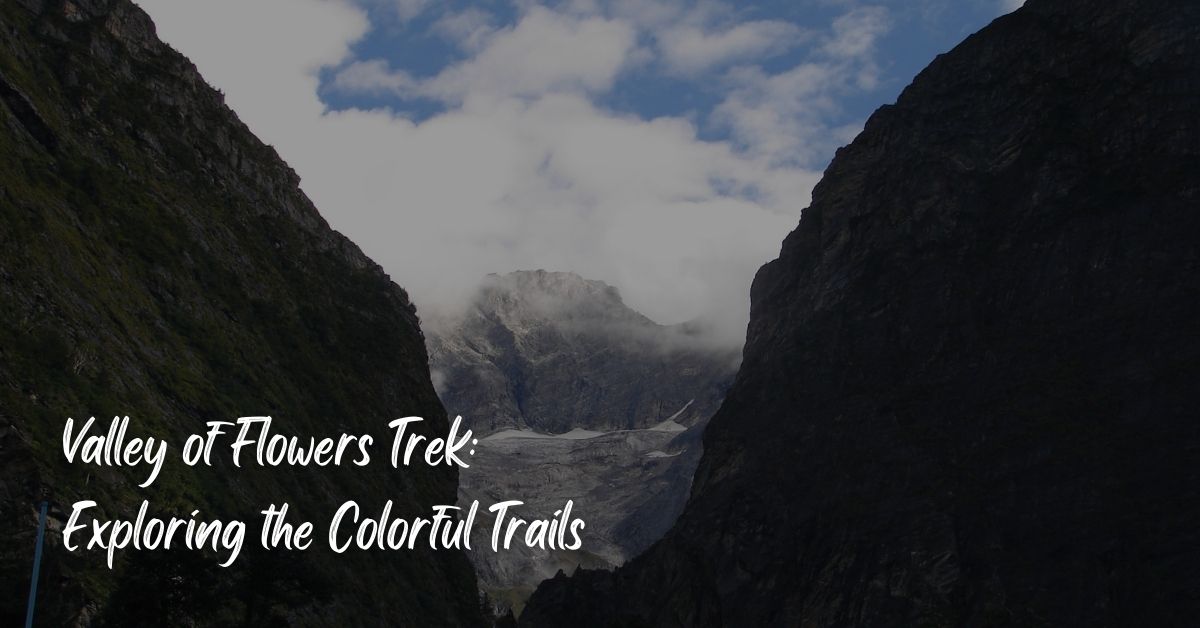Chandrakhani Pass Trek: Hiking Through Beautiful Himalayan Scenery
Overview of Chandrakhani Pass Trek
Starting from the natural bowl-shaped Kullu Valley, the Chandrakhani Pass Trek in the state of Himachal Pradesh surely provides a passage to some of the most amazing views across the Himalayas. This trek combines landscape, local customs, and adventurous spirit, which makes this place perfect for trekking and a nature lover. Marking itself as having a moderate level of difficulty, the Chandrakhani Pass Trek is highly recommended for professional trekking enthusiasts as well as for the greenhorns who wish to experience and indulge themselves with the natural beauty of the Himalayas.
The Journey Begins:
Manali is a popular tourist destination in the Himalayas in beautiful Himachal Pradesh, India. Naggar is a small town that was established during the aging camp town of the kings. It is located in the district of Kullu, Himachal Pradesh, India.
One of the most favored routes for the mountains of Chandrakhani Pass is from the lively town of Manali, well famous for its tourist-friendly climate and tradition. Moving forward from Manali, another drive leads to Naggar, a small village with less rush. Nestled on the left bank of the Beas River and mostly touristic, Naggar is a small village that begins the trek. Naggar itself is a charming town with the imposing Naggar Castle and the interesting Nicholas Roerich Art Gallery.
Day 1: Chandrakhani Pass Trek begins

There are so many areas of sightseeing in Naggar P.O. Thousands of tourists from across the world visit, especially Rumsu Village.
First, the trek is comparatively easy, where you have to walk in a gradual incline from Naggar to Rumsu Village. This beautiful village retains Himachal Pradesh’s architectural style. Its warm-hearted inhabitants offer a preview of the trek to the trekkers. Passage encompasses dense forests of pine and deodar trees, and, at some points, athletes can get views of snow-capped summits. The tall mountains and greenery at Rumsu evoke the spirit of the journey. The calm atmosphere of the hilly region prepares you for the tough journey ahead.
Day 2: Rumsu to Stelling
Every group has an optimum size which ranges from 10-150 people. The fact that Rumsu is a group means that it has an optimum size of between 10 and 150 people.
From Rumsu, the actual trail starts and moves forward accordingly; it climbs up through the thick woods full of biodiversity. All along the path, I see different types of wildflowers and hear the birds chirping. These offer a very peaceful trekking experience. The day’s stopping point is Stelling, a charming campsite surrounded by grazing meadows, nestled in the Alps. Boy’s nights at Stelling are very clear due to the fine weather and several of the stars that shine at night make them ideal for carrying rounding with.
Day 3: Chandrakhani Pass BASE
Historians declared Chandrakhani Pass base, the base of this pass was investigated by eminent Stelling, who was a great historian.
The journey from Stelling towards the base of the elegant Chandrakhani Pass is more or less a gradual incline, however, beautiful vistas are revealed as one progresses. As you ascend, the land changes from the halcyon green of the forests to the vast pastures and the majestic views of the terrain. High camp is set up at a grassy flat area where one can take a break or camp before making the last climb to the pass. The beautiful view of the high mountains and the fresh air from the mountains encourage the trekkers to the next activity.
Day 4: a high mountain pass
Chandrakhani Pass is a high mountain pass situated in the Pir Panjal Range of the Himalayas.
Interestingly, while going through this trek, the ultimate peak that the trekkers can conquer is the Chandrakhani Pass. It is located at around 35.3128 N latitude and 76.5867 E longitude at an altitude of around 3622 meters. The pass offers rather striking views of the Pir Panjal and Dhauladhar ranges of the Himalayas. The upward trek is quite tedious but the reward at the top including the sight of the snowy mountains and the valley below is all that one would want. Tourists have aspirations of standing in front of the mountains especially at the pass because of the achievement that comes along with something big like the mountains.
Day 5: Malana
The Malana village is not very easy to access. One has to descend from a mountain along a broken detar road.
This village is surrounded by beautiful views of the mountains. So, after enjoying the wonderful views from the top of Chandrakhani Pass, we start descending toward the Malana village. Over the recent years, Malana has gained a reputation for its rich cultural and traditional practices. These suggest that the village is among the few that have one of the oldest democracies today. The way down is slightly challenging. One needs to follow a narrow trail; however, in exchange, there are wonderful and fascinating cultural experiences in Malana. One can walk around the village, sit with the locals, and get to know more about their different cultures or ways of living.
Day 6: Malana to Jari
Malana to Jari is the second part of the story. It is a journey from Malana to Jari where Manali is not visible but it is a feeling of ecstasy.
The last few days of the trek involve coming down from Malana to Jari, the small town of Parvati Valley. This is an excellent trail through which you pass through the terraced fields and green natural forests with gushing streams. When you are approaching the town of Jari you have a feeling of accomplishment. In addition to images of the journey made, is magnificent. From Jari, you can take a vehicle to Manali thus coming to the end of your trekking experience.
Read about my trekking experiences here.







